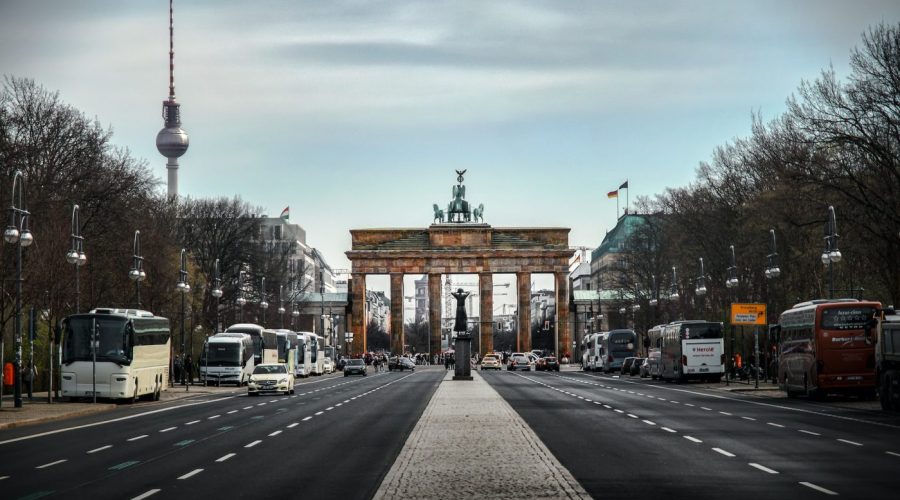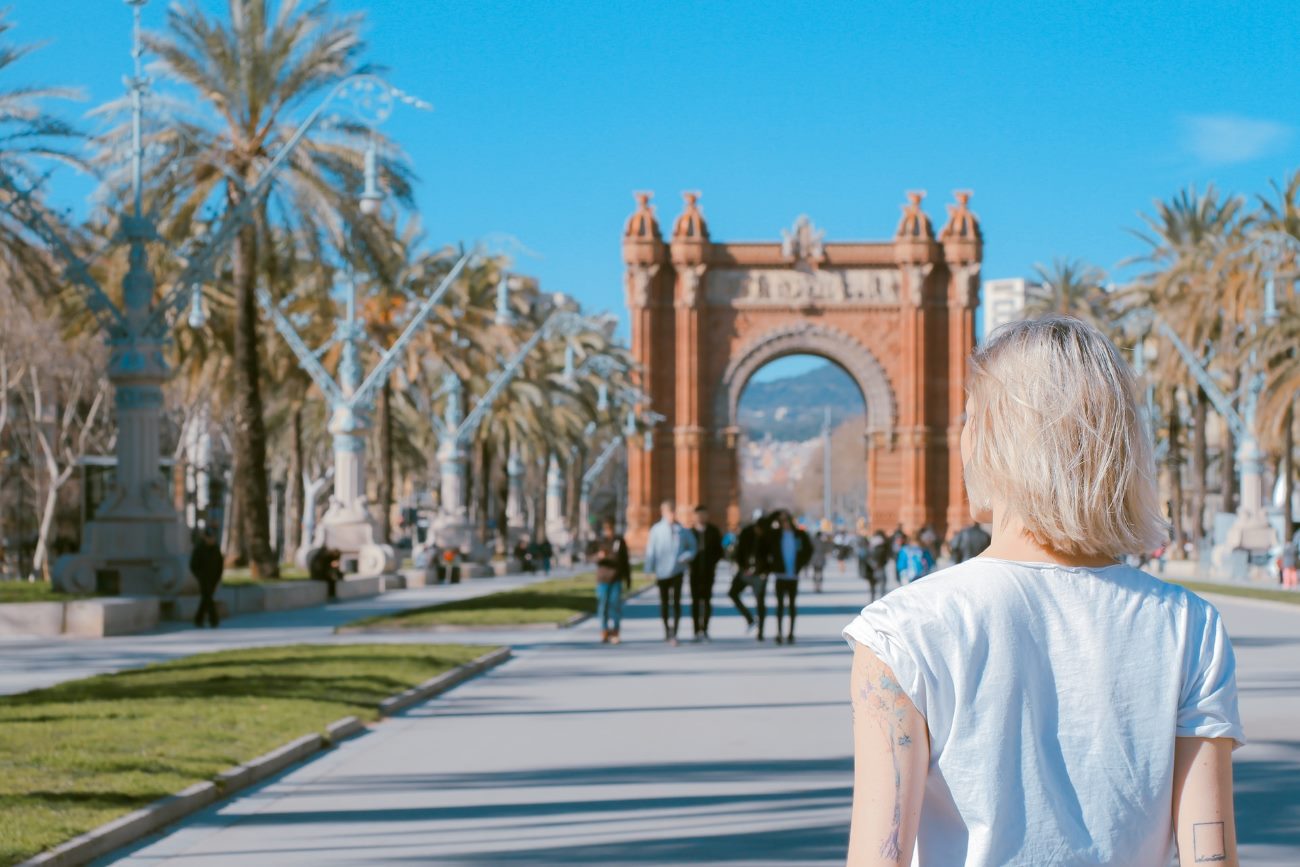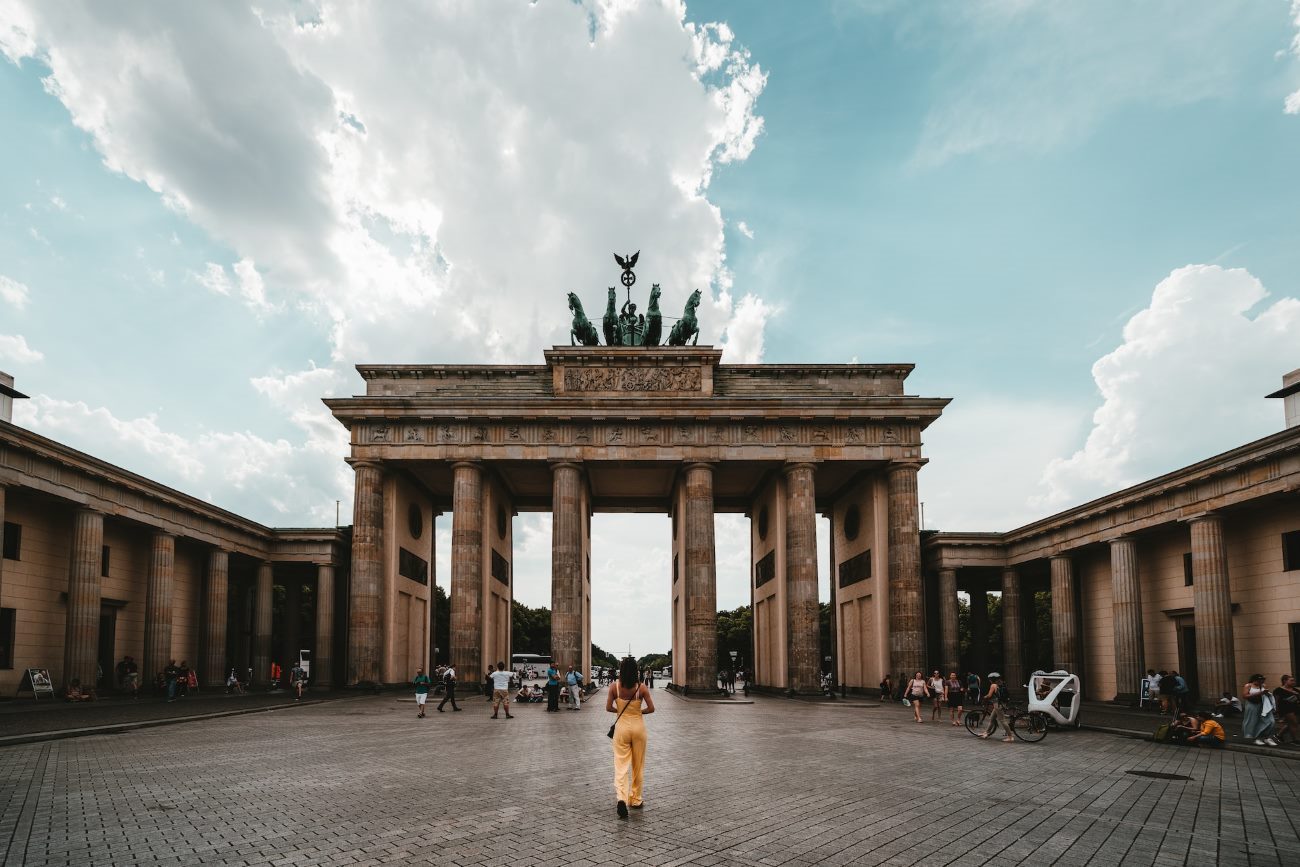Why Should You Explore Berlin’s Jewish Heritage on a Walking Tour?
You are curious about discovering Berlin’s historic Jewish traditions and Jewish cultural diversity through its walking tours. Embarking on a walking tour provides an excellent opportunity to experience the Jewish heritage of Berlin while learning about its essential historical value. Our group will traverse Berlin’s streets to expose you to significant historical landmarks and obscure discoveries throughout our expedition.
The Importance of Berlin’s Jewish Heritage
Jewish history flourished across Berlin throughout several centuries. During the past Europeans considered it the European continent’s biggest and most powerful Jewish settlement. Under Nazi persecution the thriving Jewish community suffered through synagogue destruction while being deported together with many losing their lives. Present-day exploration of Berlin Jewish heritage enables people to study historical events while recognizing the enduring power and triumph of Jewish community members.
A Walk Through History
A Berlin walking tour enables visitors to physically walk where history occurred while viewingRemaining fragments of earlier times. Multiple important landmarks exist for exploration throughout this area.
1. The Jewish Museum
Your tour must begin at the Jewish Museum situated within Kreuzberg. This architectural work contains both extensive artifact collections and serves as a monumental reminder of previous times. This facility displays a complete historical exposé of Jewish heritage and cultural elements within Berlin through its intellectually stimulating exhibitions.
2. Hackesche Höfe
Set out to see the Hackesche Höfe which exist as multiple courtyards located in the Mitte district. The complex bears witness to the energetic Jewish population which used to live in this part of Berlin. Visit the courts as you appreciate the elegant structures while picturing the active cultural scene that used to animate these streets.
3. Rykestrasse Synagogue
The Rykestrasse Synagogue stands as the largest synagogue in Germany among the many must-see Jewish points of interest in Berlin. This impressive structure stands in Prenzlauer Berg as evidence that Jewish life revived in Berlin after WWII. Stand in awe of its official splendor while you consider the deep history and exceptional heritage which this monument holds.
Insights and Tips
The following guidelines and knowledge will help you maximize your Jewish heritage walking tour through Berlin:
1. Guided Tours
Engage in guided walking experiences conducted by professionals who will deliver detailed historical explanations of Jewish sites and cultural anchors. The walking tour with knowledgeable experts provides beneficial information and resolves questions while exposing you to all important details.
2. Research Beforehand
Prior to your tour conduct research about the sites and landmarks together with their historical value. You will better understand the significance of sites by doing research ahead of time which allows you to participate in deeper discussions with guides and fellow participants.
3. Dress Comfortably
Walking tours require comfortable footwear and appropriate clothing according to temperature because they involve high physical activity. A small bottle of water coupled with a small snack will provide necessary energy during the walking tour duration.
4. Take Your Time
Don’t rush through the sites. Spend time fully experiencing both the stories and environmental energy present at each destination. Study each story alongside the plaques while completely engaging with everything that this experience offers to you. Practice respect along with consideration during your visit to places holding religious meaning.
Preserving the Legacy
Visiting Berlin’s Jewish sites on walking tours brings a better historical understanding while actively sustaining the protection of this essential cultural heritage. The recognition of historical events will create better opportunities for future generations to establish inclusive communities based on mutual understanding and respect.
So, why wait? You should take your curiosity with you when wearing your walking shoes to explore the moving history of Jewish Berlin. The stories from the past will become your guide to experience the amazing history behind this active community.
Table of Contents



